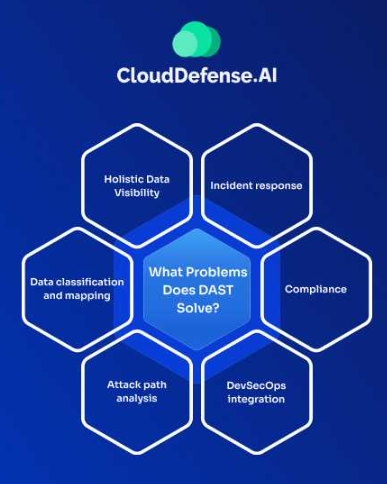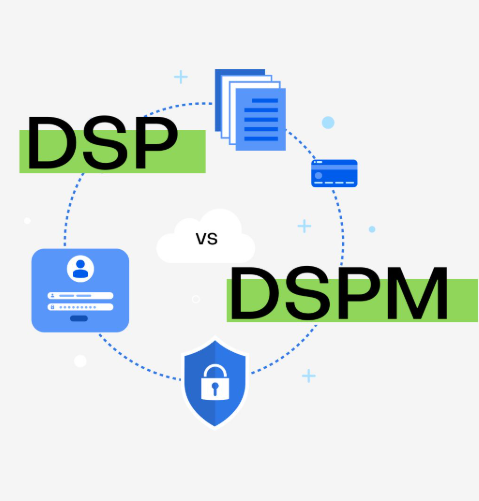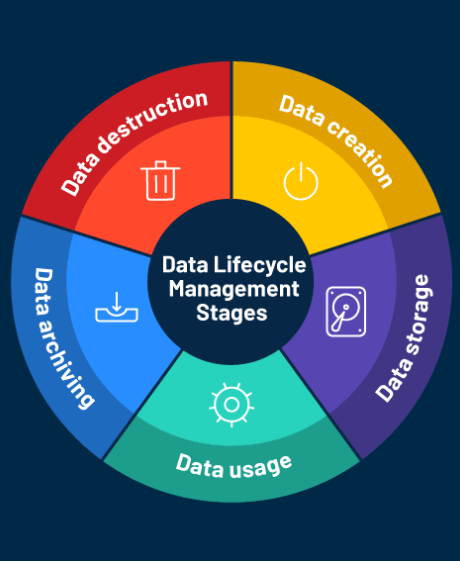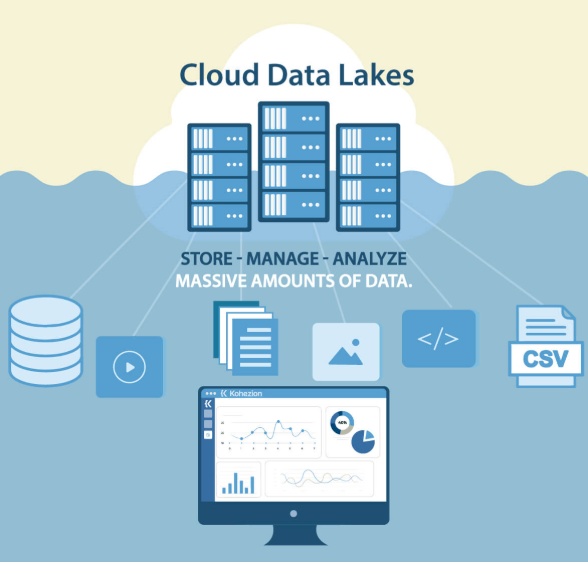
In today’s data-driven world, information is a vital asset for large organizations. However, unstructured data—such as emails, documents, images, and videos—can quickly become a financial burden if not managed correctly. This blog explores the hidden costs of unstructured data and why it’s crucial for large enterprises to implement effective management strategies, including data loss prevention, security measures, and cost optimization.
The Expensive Reality of Unstructured Data
The volume of unstructured data is expanding at an alarming rate. Unlike structured data, which is neatly organized in databases and can be easily searched, unstructured data is more difficult to manage. For large enterprises, this complexity leads to high costs across various areas.
Storage Expenses
Unstructured data takes up significant storage space, and as it continues to grow, so does the demand for additional storage capacity. Traditional storage solutions may no longer be sufficient, forcing businesses to invest in more scalable options. If this data is not managed properly, storage costs can quickly spiral out of control, severely impacting the company’s budget.
Operational Costs
Effectively managing unstructured data requires significant IT resources. Retrieving, backing up, and maintaining this data can place a heavy burden on IT teams, increasing operational costs. Furthermore, inefficiencies in data management can further escalate these expenses, diverting attention from more strategic and impactful projects.
Costs of Data Loss Prevention
The risk of data loss or corruption rises when managing unstructured data. Investing in advanced data loss prevention (DLP) solutions is necessary to protect valuable information. These systems are essential but can be costly. Without them, enterprises face potential financial losses and damage to their reputation if data breaches or losses occur.
Why Unstructured Data Management Matters
To reduce these costs, large enterprises must prioritize efficient unstructured data management. A well-thought-out strategy can lower storage needs, streamline operations, and improve overall efficiency.
Improved Storage Efficiency
Proper management of unstructured data involves classifying and organizing it to optimize storage. By implementing strategies such as data tiering and archiving, companies can move infrequently accessed data to less expensive storage options, significantly reducing storage costs.
Enhanced Security
Security remains a top concern with unstructured data. A solid management system includes implementing strong security measures to protect sensitive data from unauthorized access and breaches. Encryption, access controls, and regular security audits are crucial in safeguarding data and preventing costly security breaches.
Cost Optimization
Streamlining unstructured data management leads to cost optimization. Reducing data redundancy, automating management tasks, and utilizing efficient storage solutions helps cut down operational and storage costs. This approach results in a more cost-effective and efficient data management environment.
Effective Strategies for Managing Unstructured Data
To address the financial challenges posed by unstructured data, enterprises should consider adopting these strategies:
- Data Classification and Organization
A comprehensive classification system categorizes unstructured data based on its importance and sensitivity. This organization makes data management and retrieval more efficient while reducing storage costs. - Data Loss Prevention (DLP) Solutions
Investing in advanced DLP tools helps monitor, detect, and prevent data breaches or loss, ensuring sensitive data is protected and minimizing the financial risk associated with data loss. - Regular Audits and Data Cleanups
Conducting regular audits helps identify and eliminate obsolete or unnecessary data, optimizing storage and improving overall management efficiency. - Automation and Optimization Tools
Implementing automation tools for tasks such as data backup, archiving, and retrieval reduces manual efforts, minimizes errors, and improves operational efficiency, contributing to significant cost savings.
Conclusion
Unstructured data can be a hidden financial burden for large enterprises, affecting storage, operational, and data loss prevention costs. By adopting effective management practices, enhancing data security, and leveraging cost optimization strategies, companies can mitigate these expenses and maximize the value of their data.
Investing in efficient data management solutions not only helps control costs but also strengthens operational efficiency and security. As enterprises continue to face the challenges of managing unstructured data, adopting these strategies will be critical to staying competitive and securing their place in the ever-evolving digital world.

































































